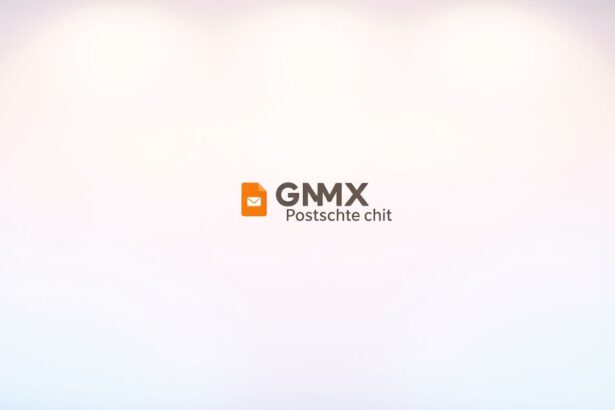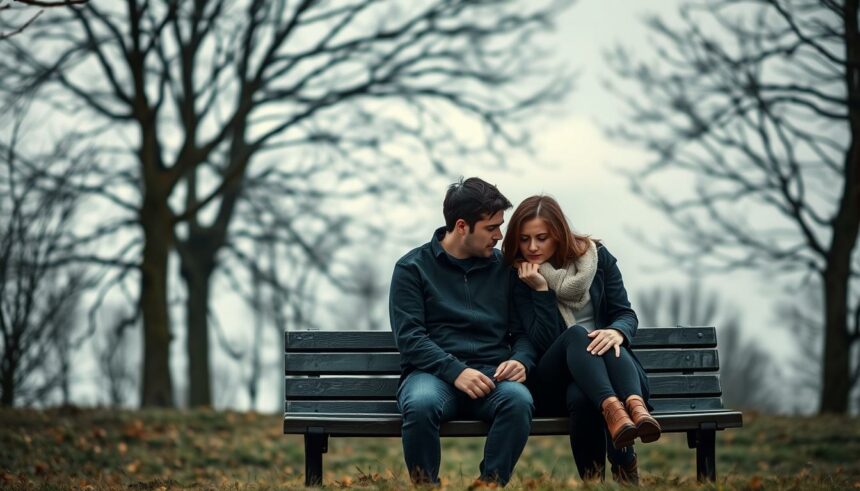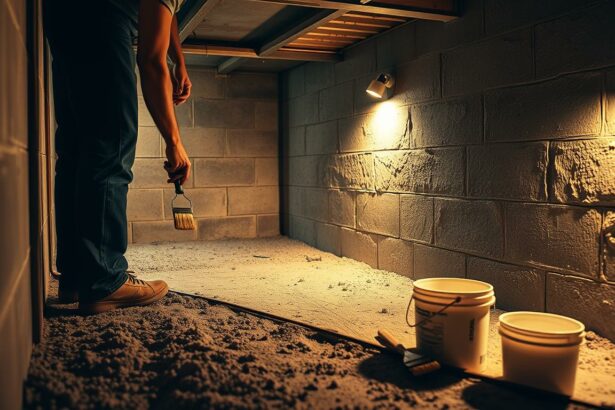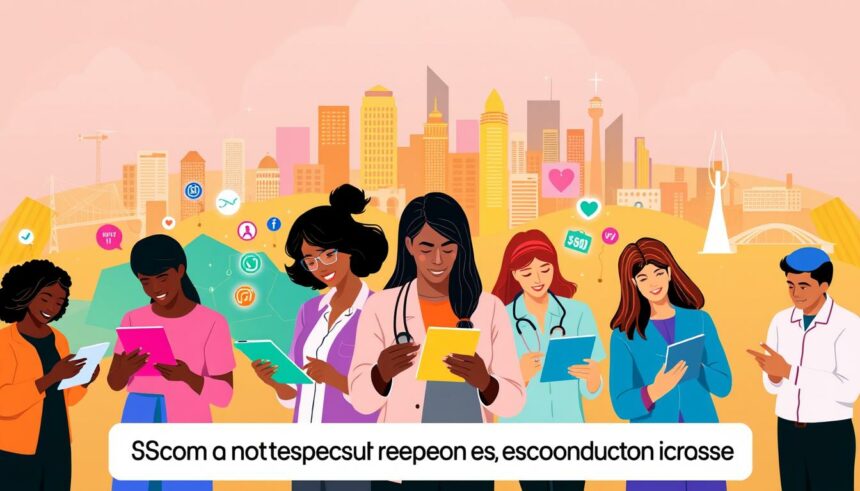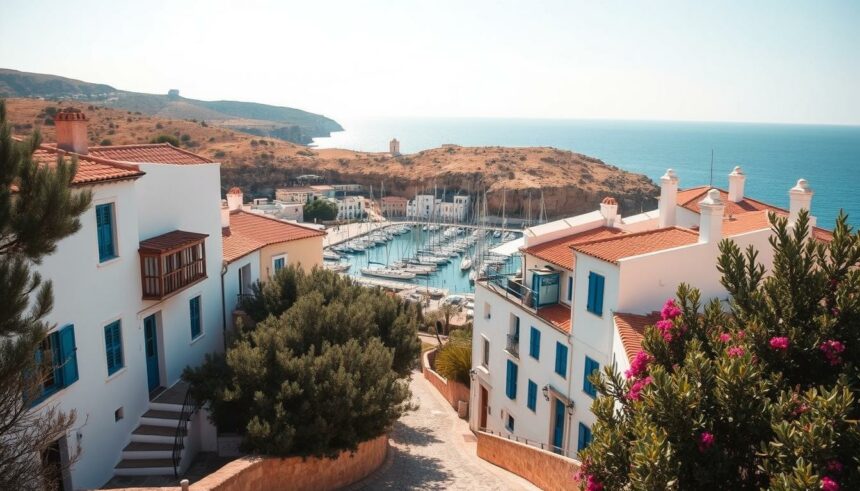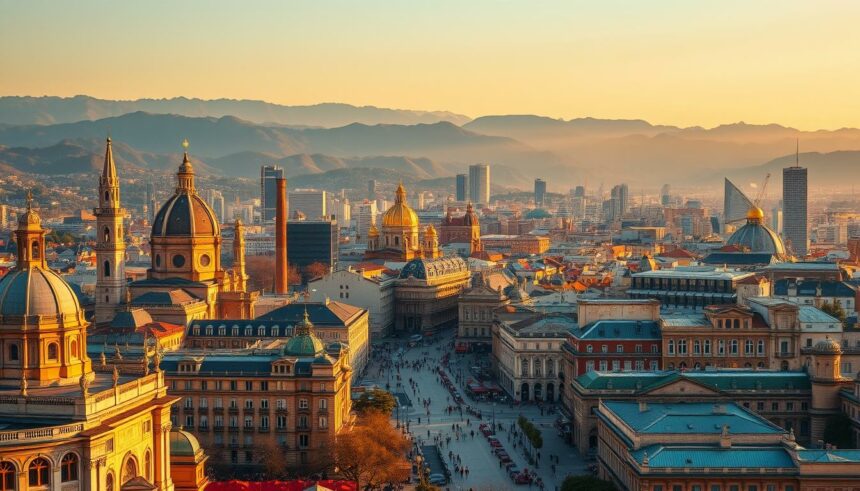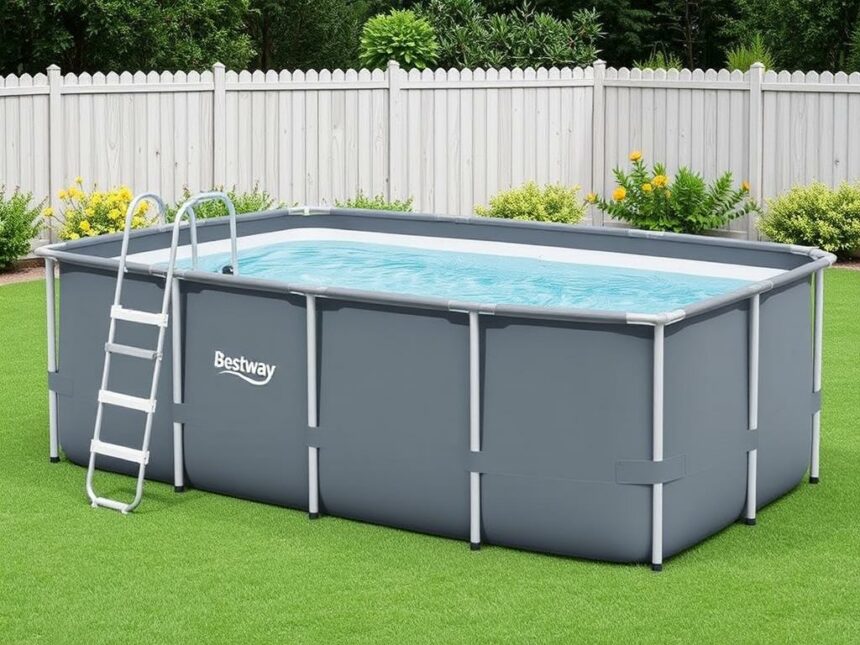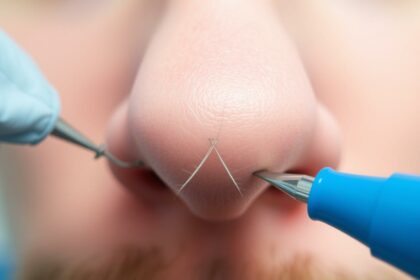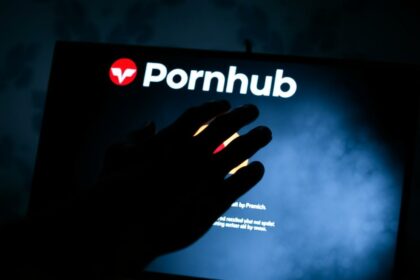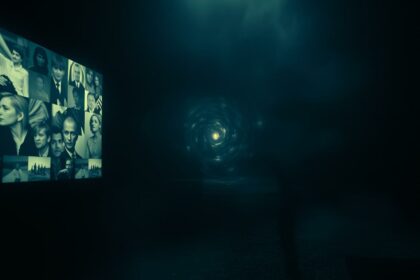Wurde am meisten gelesen bisher
So hat Friedrich Merz die Wahl gewonnen
Bundestagswahl2025: Die wichtigsten Ergebnisse, Analysen und Hintergründe zur Wahl im Überblick
Polizei muss nach Hackerangriff wieder auf Funkgeräte zurückgreifen
Nach einem massiven Hackerangriff muss die Polizei wieder auf alte Funkgeräte zurückgreifen. Erfahren Sie, wie das passiert ist und was…
Auto und Technik
Das hast du bisher verpasst
10 Anzeichen für eine kaputte Beziehung
Entdecke die 10 Anzeichen für eine kaputte Beziehung und verstehe, wie du deine Partnerschaft retten kannst.
4 schnelle Rezepte für dein Fitness-Frühstück
Ernähre dich richtig mit einem proteinreichen Frühstück. Hier sind 4 schnelle und gesunde Rezepte, um deine Fitness-Ziele zu erreichen.
Wirecard-Skandal: Das Ende von EY?
Der Wirecard-Skandal und seine Konsequenzen für EY: Eine Analyse der Ereignisse und deren Auswirkungen.
Ist ChatGPT ein Schleimer? Warum ChatGPT uns doof macht
ChatGPT im Faktencheck: Wie die KI unsere Denkweise beeinflusst und was das für uns bedeutet.
Lawsuit accusing ranch of forcing teens
Imagine being sent away, promised help, only to face grueling work instead of care. For over 250 former residents of Trinity Teen Solutions, this was their reality. Now, a federal judge has approved a $2.3 million settlement, offering long-overdue justice. The case centered on accusations of forced labor, with teens allegedly subjected to harsh conditions. While the program held a state license, it shut down in 2022. Former residents can now claim compensation based on how long they stayed—typically 1–2 years. This settlement isn’t just about money. It’s a step toward accountability. Though a nondisparagement clause is included, survivors can still share their truth. For families affected, it’s a chance to heal. Overview of the Trinity Teen Solutions Case Wyoming’s wilderness hid a dark secret: teens forced into grueling farm work. Trinity Teen Solutions, a state-licensed program, allegedly subjected girls to exhausting labor under the guise of therapy. The recent $2.3 million settlement sheds light on years of unchecked abuse. Allegations of Forced Labor and Abuse Teens reported repairing fences, castrating animals, and hauling irrigation lines—tasks far beyond typical chores. Injuries were ignored, and punishments included public humiliation. One survivor shared: "We worked like farmhands, not patients. If you complained, they’d call you weak." Wyoming officials received multiple complaints but didn’t revoke the facility’s license. Experts warn unregulated programs risk teens’ safety. False accusations of laziness often silenced those who spoke up. Details of the $2.3 Million Settlement The civil lawsuit awarded 250+ survivors payments based on their stay duration. Most resided there 1–2 years. While the settlement avoids criminal charges, it’s a rare win against exploitative youth facilities. Funds will cover therapy and lost wages. A nondisparagement clause allows survivors to share their stories—critical for preventing future abuse. For families, it’s partial justice after years of fighting. How the Lawsuit Unfolded https://youtube.com/watch?v=MUKUFkiff_k%3Frel%3D0 Behind the $2.3 million settlement lies a legal battle spanning years, marked by silenced voices and hard-fought evidence. Survivors and their legal teams navigated a maze of obstacles—from dismissed complaints to a 2016 defamation case meant to intimidate whistleblowers. You’d expect transparency, but key records only became public after media pressure.…
Die 12 berühmtesten Steve Jobs Zitate Apple Gründer
Entdecken Sie die inspirierendsten Steve Jobs Zitate - Einblicke in die Gedankenwelt des Apple-Gründers.
US-Regierung schuf riesige Ufo-Verschwörung
Was steckt wirklich hinter der Ufo-Verschwörung? Unser Review gibt dir einen tiefen Einblick in die…
Die Bestseller auf dem deutschen Buchmarkt – Die aktuelle Hardcover-Bestsellerliste für Belletristik.
Bestseller Bücher: Die Top-Titel auf dem deutschen Buchmarkt - aktuelle Hardcover-Bestsellerliste für Belletristik.








